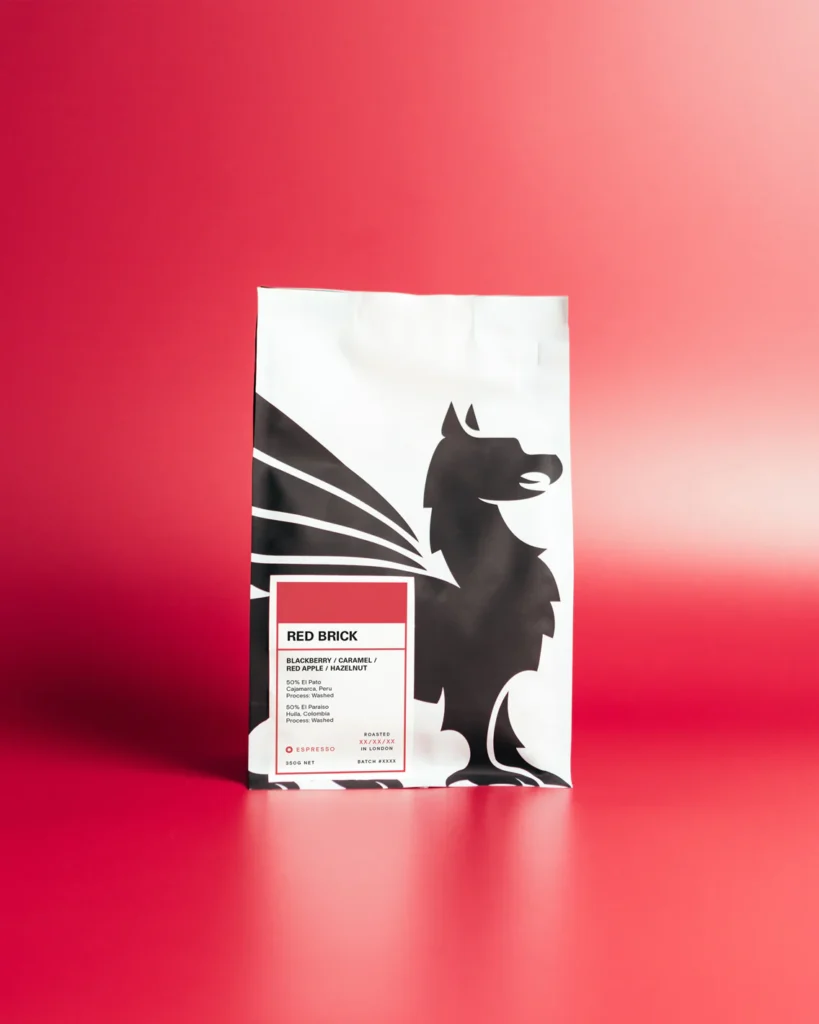It’s that time of year again, as the heat of summer brings the desire to stay cool and keep caffeinated. Canned cold brews and icy coffee concoctions are becoming more popular and more widely available – but we thought it was time for us to share our own preferences and recipes for the chilled version of the beverage we oh-so-love.

Before we move on, let’s provide some definitions”¦
– Cold Brew
Coffee grounds are steeped in cold water for an extended period of time (sometimes over 24 hours) and then filtered.
– Iced Coffee (or Japanese Iced Method)
Coffee is brewed hot then chilled. This can be by done by dripping onto ice, in the fridge/freezer or with a piece of kit like the Cold Wave.
The marketing surrounding many cold brew products promises a mellower, less acidic taste and a complex flavour. We are yet to find a cold brew that ticks all of these boxes for us, however, instead tending to find staleness from oxidation, a lack of sweetness & acidity and a lack of origin character that makes for a very samey and disappointingly lack-lustre taste. Thus far cold brew has failed to inspire us or quench our thirst.

Cold brewing also isn’t the most cost-effective way to get your caffeine fix. Not a great deal can be dissolved from the coffee grounds when using cold water as it is a weak solvent, meaning we miss out on a lot of the coffee’s inherent flavours and the result is a weak, watery beverage. Therefore, up to twice the amount of ground coffee can be required to achieve a satisfying strength when brewing cold (as compared to iced coffee), thus driving costs higher.
The seemingly pushed-aside method of iced coffee can and does provide a much more delicious drinking experience in our opinion. We feel it has more of the flavours that are characteristic of the specific origin of the coffee and can be much sweeter and more acidic. Acidity is necessary as it stimulates salivation in our mouths and gives the sensation of refreshment. For this reason, soft drink companies add plenty of acids to their products, the same acids organically present in coffee.

Obviously, we’re on team iced coffee so how do we brew it?
1. Choose your brew method. We prefer the clarity of a V60, but this recipe works with an Aeropress, Clever Dripper or, for ultra convenience, a Wilfa Classic+ Brewer!
2. We use 65g coffee per litre of water; a slightly higher ratio to compensate for the dilution of serving on ice. Increase by another 5g/l if milk is going to be added.
3. Grind your coffee slightly finer than you would for a hot brew of the same size, place your paper filter into the brewer and rinse with hot water.
4. We use a 60/40 ratio of hot water to ice. For example, if you’re making a 500ml brew, your recipe will be 32.5g of coffee, 300g of hot water and 200g of ice. For best results, use filtered water with a low mineral content.
5. Place your ice into the container you’re going to brew into, then brew your coffee normally using the hot water. The coffee will drip onto the ice, instantly chilling it and diluting it to the correct drinking strength.
6. Once all of the hot water has drained, stir the brewed coffee to ensure the ice has melted.
7. Serve on ice, with a dash of sugar syrup, milk, a slice of orange or even tonic water if you’re feeling effervescent!
If you don’t plan to drink your iced coffee straight away, storage is key. Oxidation will give your iced coffee a murky appearance, a vinegar-like acidity and a stale taste. Keep your iced coffee in an airtight container and in the fridge to keep it tasting fresh and juicy.

Now, for those still determined to be on the cold brew train, or for those that don’t have the equipment to produce iced coffee, there are some things you can do to improve the end result of a cold brew.
Traditional methods of cold brewing – steeping the grounds overnight in a large vessel means that oxidation is inevitable so brewing in a container with the oxygen removed would improve your brew. One idea would be to add your coffee grounds to an empty, clean wine bottle, fill with cold water and use a wine vacuum stopper to draw out the oxygen. The experimentalists might even want to go even one step further and brew under pressure.

A simple method that would certainly help with the flavour of your cold brew takes inspiration from the ”˜80:20 Rule‘ by dividing your brewing water into 80% cold water and 20% hot water. Kick-starting the extraction by adding 20% of just-off-the-boil water to your coffee grounds and letting it steep for at least two minutes will help dissolve much more flavour and acids than only using cold water. After the initial hot steep phase, resume your cold brew as you would normally and add the remaining 80% of the water to your vessel and leave in the fridge for a few hours. This method, in particular, is useful if you want to prepare a large quantity of cold coffee with fewer steps – something that isn’t easy when using the iced coffee method detailed above.
Whether you prefer iced coffee or cold brew, hopefully these tips will help you get delicious results for you and your friends at your next barbeque, picnic or festival!




